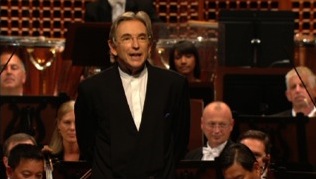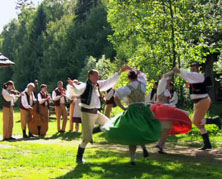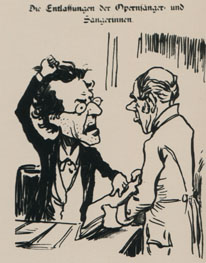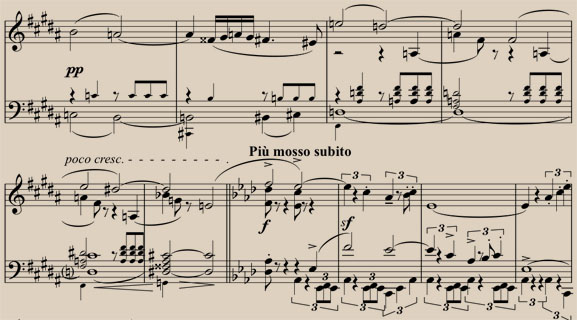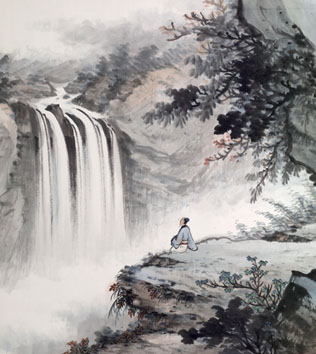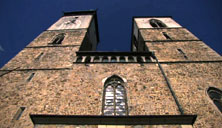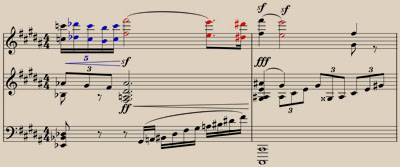City of Music: Folk & Folkways
Mahler's Methods

Mahler’s command of counterpoint was rooted in his study of the past, but he used it in a uniquely expressive way. Essential to the effect was clarity of line: "In true polyphony the themes run side by side quite independently, each from its own source to its own particular goal and as strongly contrasted to one another as possible, so that they are heard quite separately."
Farewell: Folk & Folkways
 Play
Play
Wanderer: Synagogue
 Play
Play
Another evocation of alienation occurs in the song “Earthly Life” (Das irdische Leben), about a mother trying to console her starving child:
"Mother, oh Mother! I'm hungry;
Give me bread, or I shall die!"
"Wait a little, my darling child;
Tomorrow we shall sow quickly."
City of Music: Synagogue
Mahler's Methods
Farewell: Synagogue
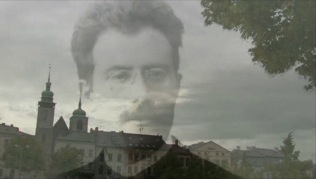 Play
Play
Mahler's last works exhibit a simplification and a return to the styles and gestures of his youth.
-
Many pages of Mahler's late works, The Song of the Earth (Das Lied von der Erde) and the Ninth Symphony, are colored by the musical motive called the turn. As a boy, he would have first become aware of its expressive possibilities when he heard it in synagogue, in the chanting of the Torah and in the singing of many prayers. In the last movement of the Ninth Symphony, as the music grows in intensity, Mahler employs the turn more and more. Play the audio to hear the opening phrase. Then play the video to hear the passionate climax.
-
The second song in The Song of the Earth, "The Lonely Man in Autumn" (Der Einsame im Herbst), might be the most direct expression of Mahler's remark that "I think it is probably the most personal composition I have created thus far." Here too, the turn is an integral part of the violin line that accompanies the plangent oboe melody at the song's opening. "Blue mists of autumn float over the lake; the grasses are covered with hoar-frost. You might think an artist had sprinkled jade dust over the delicate buds."
Mahler's Methods
 Play
Play
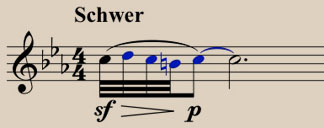
In Mahler’s later music, the turn, once a simple item of musical punctuation, comes to occupy a place of particular emotional significance. Here it is at the beginning of the last movement of The Song of the Earth (Der Abschied).
Wanderer: Church
 Play
Play
-
Although Mahler himself gave his Second Symphony no title, it is commonly known as the “Resurrection” because of its dramatic arc, which portrays a soul’s journey from death through the day of judgment and resurrection, along the way looking back at the world. As the composer put it: “The whole thing sounds as though it came to us from some other world. And — I think there is no one who can resist it. One is battered to the ground and then raised on angels’ wings to the highest heights.”

-
Mahler pondered the resolution of the Second Symphony for a long time before deciding on the choral finale, but his experience at the funeral of Hans von Bülow settled the matter: "Only the fear that it would be taken as a formal imitation of Beethoven made me hesitate again and again [to use a chorus]...the choir, up in the organ-loft, intoned Klopstock's Resurrection chorale. It flashed on me like lightning, and everything became plain and clear in my mind! It was the flash that all creative artists wait for — conceiving by the Holy Ghost!’
-
The chorale is preceded by the Grosse Appel, the call to the Last Judgment.
Mahler's Methods
-
As the fourth movement of the Second Symphony, Mahler’s orchestration of the Magic Horn (Wunderhorn) song “Primal Light” (Urlicht) comes as a counterfoil to the comic tale of effort and frustration of the previous movement. Its spiritual certainty points the way to the transfiguration depicted in the finale’s last pages.
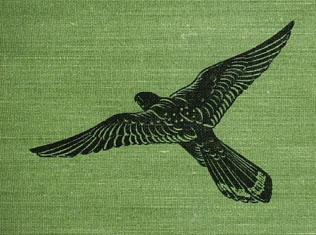
Throughout Mahler’s world of invention, instrumental solos modeled after birdsong appear at critical moments.
-
In the Second Symphony, mixed in with the trumpet calls that represent the call to the Last Judgment, a flute solo suggests the smallness of a single bird in the immensity of space and time.
-
Many years later, in “The Farewell” (Der Abschied), from The Song of the Earth (Das Lied von der Erde), Mahler evokes the narrator’s intense loneliness with a desolate flute solo.
City of Music: Church
 Play
Play
-
The end of the second movement of Mahler’s Fifth Symphony evokes the sounds of church chorales. The music reflects a particularly productive period in his life, when his job at the Vienna Court Opera allowed him the resources to build a home in Maiernigg, where he conceived the Fifth Symphony.
-
A dramatic chorale marks the climax one of Mahler’s settings of the poetry of Friedrich Rückert. In “Midnight,” (Um Mitternacht), the narrator suffers isolation and doubt until the final verse: “At midnight I put my strength in your hands: Lord of death and life, you keep the watch at midnight.”
Farewell: Church
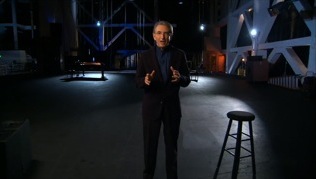 Play
Play
-
The first movement of Mahler's Ninth symphony establishes a mood of searching. Only later do we get a hint of what is to follow, as just before the climax of the movement Mahler employs a short turning motive that hearkens back to his earliest compositions. It is orchestrated for brass and strings to heighten the effect.
Mahler's Methods
 Play
Play

In Mahler’s later music, the turn, once a simple item of musical punctuation, comes to occupy a place of particular emotional significance. Here it is at the beginning of the last movement of The Song of the Earth (Der Abschied).
 Play
Play
Play the extended video on the right to explore Mahler’s highly idiosyncratic use of the turn in the Ninth Symphony.
Wanderer: Triumph & Tragedy

-
When Mahler played the movement for leading conductor Hans von Bülow, the older musician reacted strongly, as Mahler reported to his friend Friedrich Lohr: “When I played my Todtenfeier to him, he became quite hysterical with horror, declaring that compared with my piece Tristan was a Haydn symphony, and went on like a madman.”
Mahler's Methods
Both Mahler’s First and Second Symphonies raise the question of whether Mahler intended his music to have particular extra-musical meanings. Throughout his life, Mahler struggled with whether and how to explain his music to the public. He originally named his First Symphony the Titan, and gave the movements the following titles:
—Spring without end
—A chapter of flowers
—With full sails
—Stranded! A funeral march in the manner of Callot
—From hell to heaven, as the sudden expression of a deeply wounded heart.
By the time of the music’s publication in 1898, he had withdrawn the second movement as well as these titles. Yet he returned to explanation in the Second Symphony, expounding his concept that the hero of the First Symphony is borne to his grave in the funeral music of the Second and that “the real, the climactic dénouement [of the First] comes only in the Second.”
City of Music: Triumph & Tragedy
Mahler's Methods

Each of the regiments stationed in Iglau had its own band, and each band came from a different corner of Europe. Nevertheless, military signals were the same all over the Empire, and literal quotes of these trumpet calls abound in Mahler.
-
In the Third Symphony, the call of “Fall in!”
-
brings the daydreaming posthorn back to earth.
-
The Fifth Symphony opens famously and strikingly with a haunting trumpet solo that seems to warn us of approaching tragedy. The passage is made up of two common signals, changed from major to minor:
-
the General Appel (General Call)
-
and the call Habt Acht! (Take Care!)
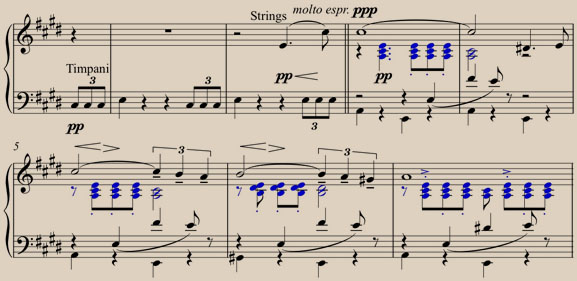
Mahler’s Fifth Symphony makes obsessive use of the “fate” motive of Beethoven’s Fifth.
-
Initially it’s a motif of gentle urgency (and also an inversion of the piece’s opening fanfare) that accompanies the most intimate music of the first movement.
-
In the second movement, the same music returns in a shriller orchestration, sounding like a mocking laugh or an accusing cry.
